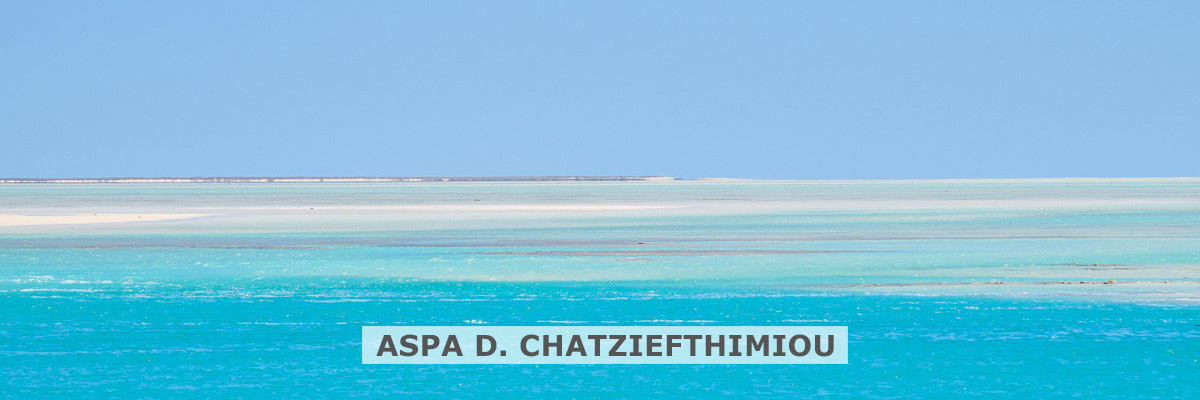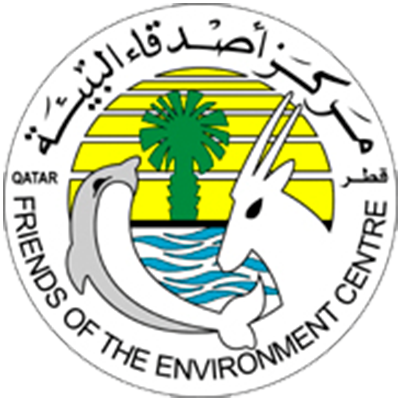
The Arabian Gulf has experienced many drying / wetting cycles in its relatively short life. In the last cycle, it was a dry desert until about 20,000-18,000 years ago (ya), before post-glacial sea-level rise flooded the Gulf basin. The current sea levels came into existence at around 8,000-6,000 ya.
The Arabian Gulf is a shallow water body, with an average depth of 40 m ranging from 0 m to 120 m at its deepest esterly face and closer to its output in the Strait of Hormuz. The Gulf is 1,000 Km long and at its widest 350 Km. It is enclosed by arid to hyper-arid deserts, receiving little rainfall water fluxes from them. Freshwater fluxes come in from the Iraqi Tigris and Euphrates rivers in the north, while cooler and less saline water of the Arabian Sea and Indian Ocean fluxes in through the Strait of Hormuz.
Because the Gulf is shallow, and the temperature range both seasonally and bathymetrically is high (11.4-37.7 °C), water evaporation, not-significant-enough freshwater fluxes and mixing, make it very saline, in some parts 70° ppt. Despite these extreme conditions, there is a plethora of organisms that make their transient or permanent home in the Gulf waters. These may include Dugongs, Finless Porpoise, Bryde’s and Killer Whales, Spinner and Long-beaked dolphins, corals, turtles, birds, as well as the second largest population of Whale Sharks in the world.
Threats to the Gulf include climate change induced phenomena that contribute to temperature increases resulting in biodiversity loss, and sea level rise resulting in coastline and habitat loss. Other threats include sand burial of organisms from incipient river and dune sand. Coastline and off-shore development, pollution as well as recreational activities involving motorized vehicles, are major threats to this ecosystem, as they lead to irreparable habitat and biodiversity loss.
© A. D. Chatziefthimiou
Sources:
Pous S et al, 2015
Basson PW et al, 1977
Sharland P et al, 2000
Sigsgaard EE et al, 2016
Marshall CD et al, 2018
Sale P et al, 2011
Sheppard C et al, 2010







